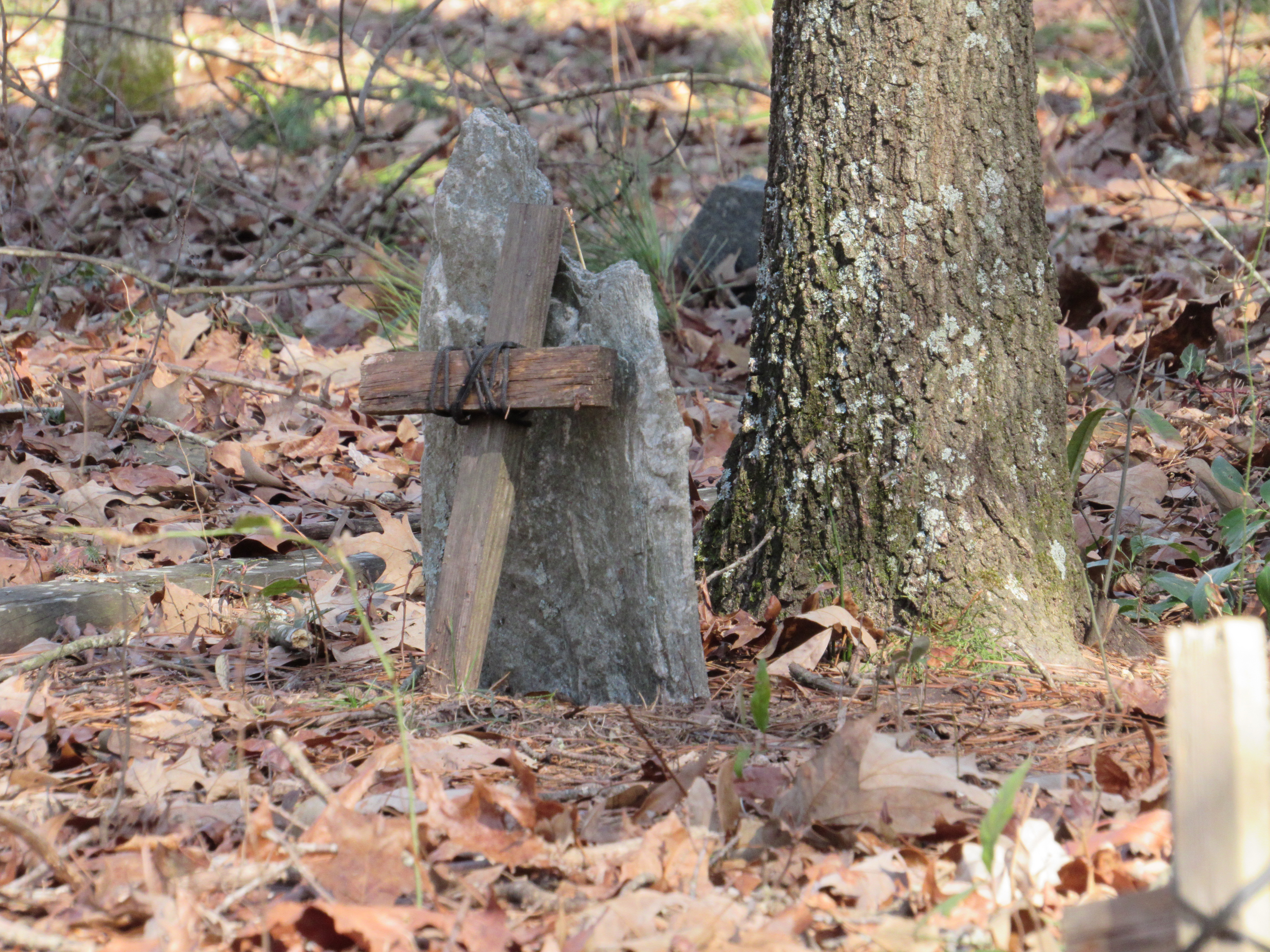After weeks of rain and cold, an Indian summer day appeared, the kind you appreciate all the more because it’s opposed to what came before and what you know is coming after. I wasn’t going to accomplish anything sitting in my office. I jumped on my motorcycle and took off into the hills.
I planned a rough itinerary that involved a small town with a covered bridge and an abandoned cotton mill. I brought my camera and drone to see if I could shoot some new angles.
In order to get out of the suburbs quicker, I told Google Maps to route me up the highway, which put me off my normal route into this town. Approaching from this new direction, I passed an historic church that was being renovated. Out of the corner of my eye I saw an historical marker labeled “Black Pioneer Cemetery.” It was on the very edge of the road. I decided this was worth investigating, and turned around at the next opportunity, another church just beyond the sign.
I parked the bike in the lot where the church was being renovated. I noted a Confederate flag license plate on the front of the nearest pickup truck.
As I was getting off the bike, I was approached by an older black man. I asked him if parking there was going to be a problem, or if the bike was in the way of the construction vehicles. He said I could park there, and then asked why I stopped.
“I want to check out the Black Pioneer Cemetery.”
He looked at me askance, questioning my motives. Rather than speak, I reached into my tank bag and pulled out my camera. It seemed to ease his mind, as he walked back to the construction site.
I started with the historic marker. It noted that the acre between the two churches had been used as a slave cemetery. Over 300 people were buried there. At some point a dowsing rod had been used to locate the grave sites, and a local Boy Scout troop had placed crosses on the sites.
Only three of the dead have been identified. Not their specific location, just that they’re buried on that hill.
Entering the cemetery on an overgrown, roughly-marked trail, I couldn’t help but sense the loss. Not just the loss of lives, but the loss of heritage and identity suffered by the families of the dead.
I reflected for a few moments and took a few pictures of the site, and then walked back to the motorcycle. The old man was there again. He had more to offer.
“You’ll notice that this church here we’re fixin’ up is Presbyterian. This was the white church. The one on the other side is Baptist. It was the black church, and was always active, and still is.”
I thanked him, put away my camera, and mounted back up. I had lost all interest in the covered bridge and the cotton mill. I rode off into the hills and the darkness of my mind.
